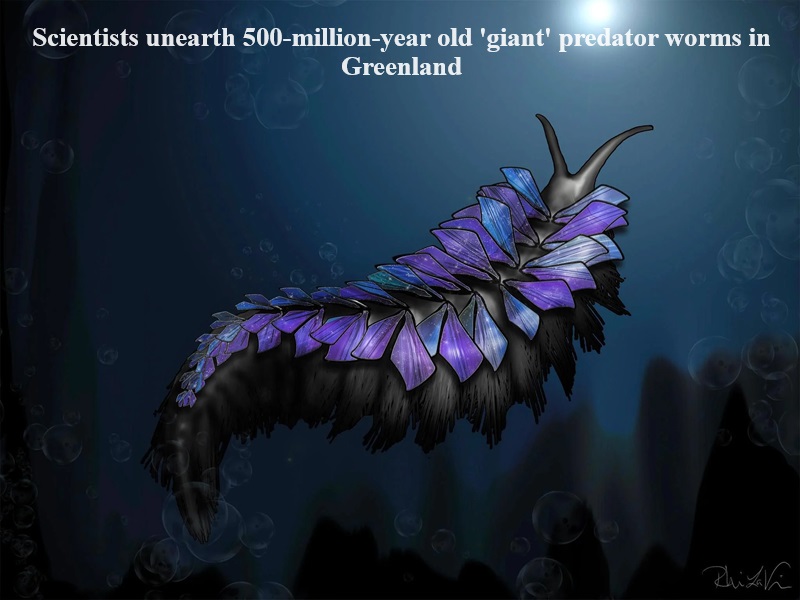
In a groundbreaking discovery, scientists have found fossils of a previously unknown group of animal predators named Timorebestia in North Greenland’s Early Cambrian Sirius Passet fossil locality. Timorebestia, meaning ‘terror beasts’ in Latin, represents some of the earliest carnivorous animals in water, dating back more than 518 million years. These giant worms, reaching lengths of over 30 cm, possessed fins along their bodies, a distinctive head with long antennae, and formidable jaw structures inside their mouths, making them one of the largest predators during the Early Cambrian era.
Described in a paper published in Science Advances, Timorebestia is closely related to arrow worms, tiny predators today that primarily feed on zooplankton. The fossils provide essential insights into the evolution of jawed predators and their connections to ancient organisms. Timorebestia played a crucial role at the top of the food chain during the Cambrian period, similar in importance to modern top carnivores like sharks and seals.
Remnants of a common swimming arthropod called Isoxys were found inside the fossilized digestive system of Timorebestia. Isoxys, with long protective spines, was a staple in the diet of Timorebestia, supporting their position at the apex of the food chain. The fossils discovered in Sirius Passet exhibit remarkable preservation, revealing anatomical details of the digestive system, muscle anatomy, and nervous systems of these ancient creatures.
Luke Parry from Oxford University emphasized the significance of Timorebestia in understanding the evolution of arrow worms, highlighting the differences in their predatory adaptations. The fossils’ unique preservation, capturing details of ventral ganglia, offers confidence in the hypothesis that Amiskwia, another fossil found in Sirius Passet, is closely related to arrow worms in their evolutionary stem lineage. This discovery provides valuable information about the role of Timorebestia in ancient ecosystems and enhances our understanding of early carnivorous animals.

Post Your Comments